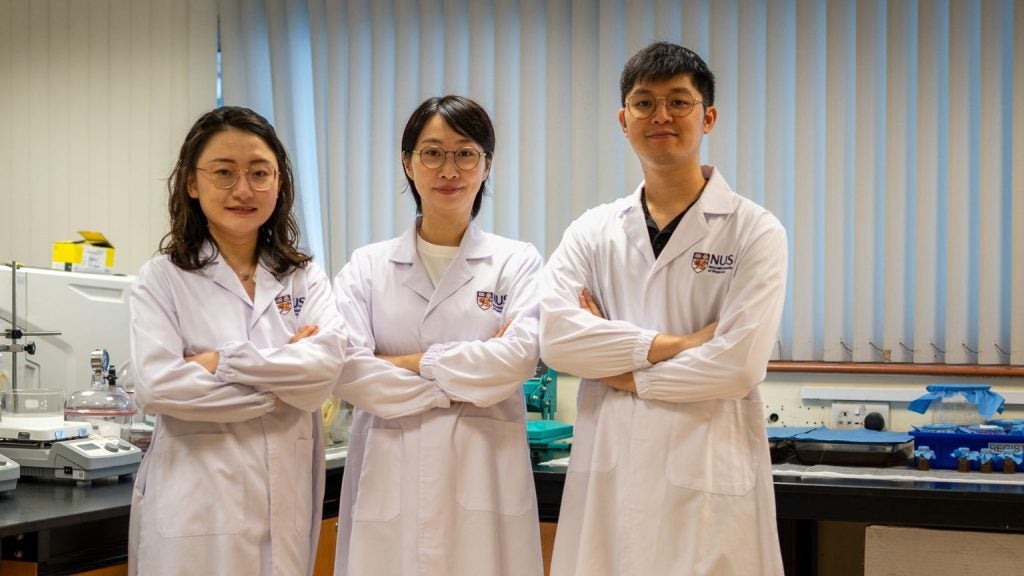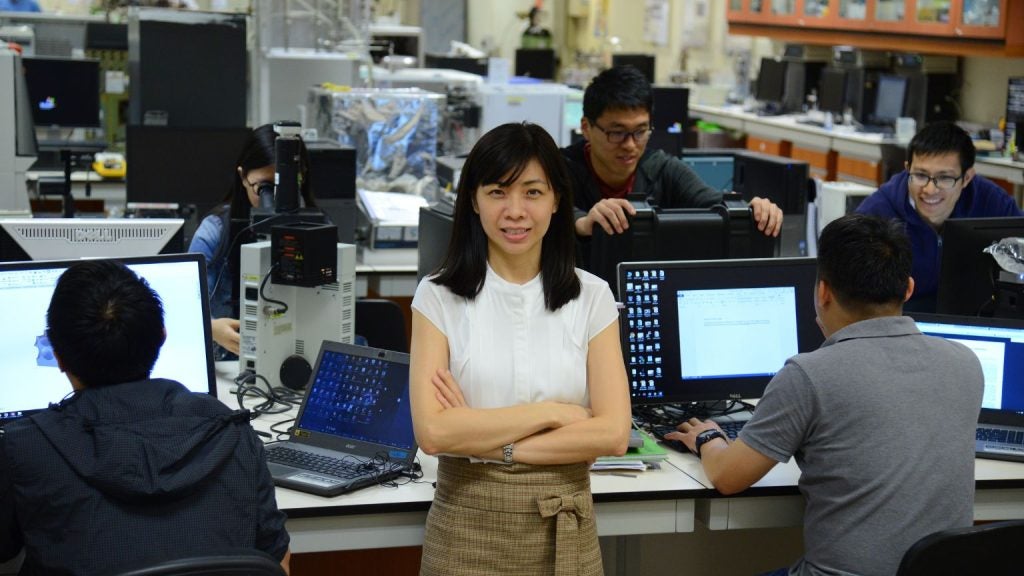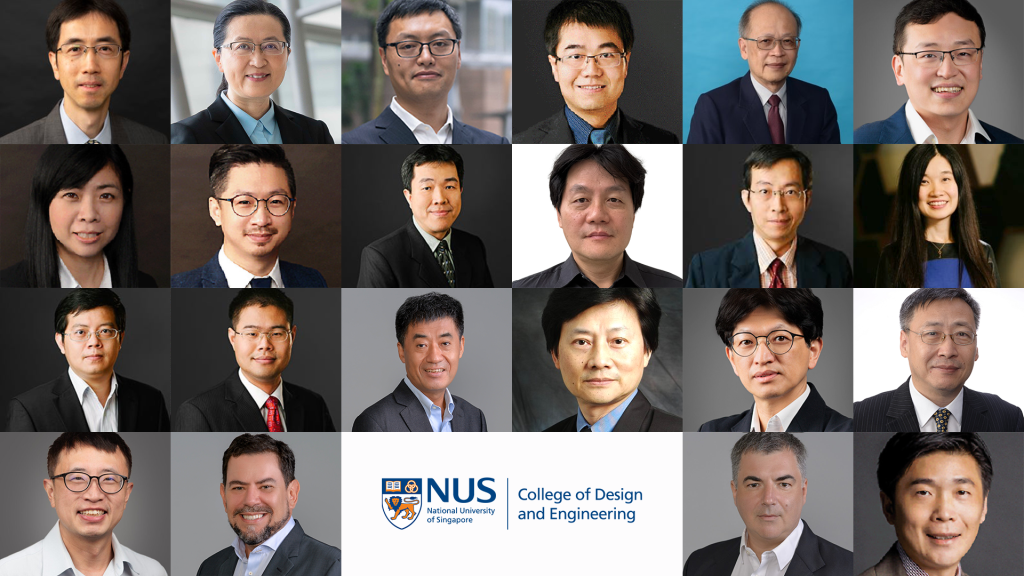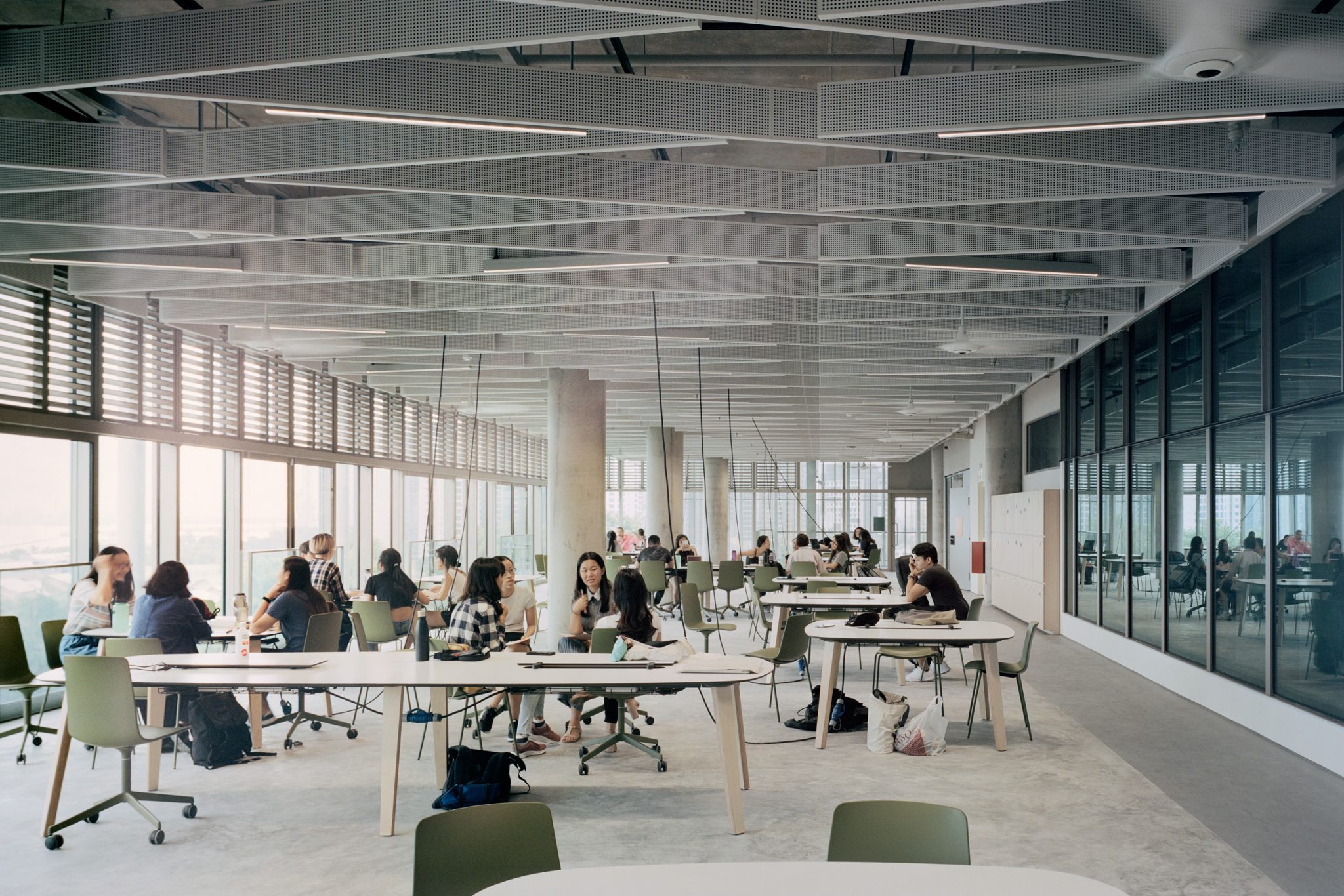
In the new academic year starting August 2021, students enrolling in the School of Design and Environment* (SDE) and Faculty of Engineering (FOE) can seamlessly take programmes from both schools to develop competencies across different fields. This is made possible via the new Common Curriculum Structure, which enables students in both schools to enjoy greater choice, breadth and flexibility in charting their learning journeys.
SDE and FOE students will be able to take new interdisciplinary courses, which will be specially designed and offered through the Common Curriculum.
Professor Lam Khee Poh, Dean of NUS School of Design and Environment, explained, "Singapore is one of the most liveable cities in Asia and the world. To educate the next generation of professionals who will envision, create and manage a resilient city of tomorrow, we need to start imbuing the drive and attitude of interdisciplinary and collaborative learning at the undergraduate level."
"At SDE, our students will continue to receive high quality professional training in their chosen discipline. This unique partnership with FOE to broaden and enrich our students' learning experience will open doors to new opportunities," he added.
Please refer to the media release for more details.
*The new common curriculum is not applicable to Real Estate students.
For example, an Architecture student can do a minor in Project Management (within SDE) and a minor in Interactive Media Development (from School of Computing & Faculty of Arts and Social Sciences).
Students are also free to choose any specialisation accessible from their major. For example, an Architecture student who wish to pursue an accredited professional pathway related to Architecture or Urban Planning can read more specialised courses using the unrestricted elective space.
In total, students will read 40 courses to obtain their degree as shown in the schema below:

-
- 6 General Education pillars fostering breadth of learning by preparing students to think deeply, ask critical questions, make logical inferences, and debate issues related to the diverse and changing cultural landscape
-
- 7 Common Pillars imparting engineering-design interdisciplinary skills and 1 Integrated Project, which is equivalent to two courses)
Please refer to the schema below.
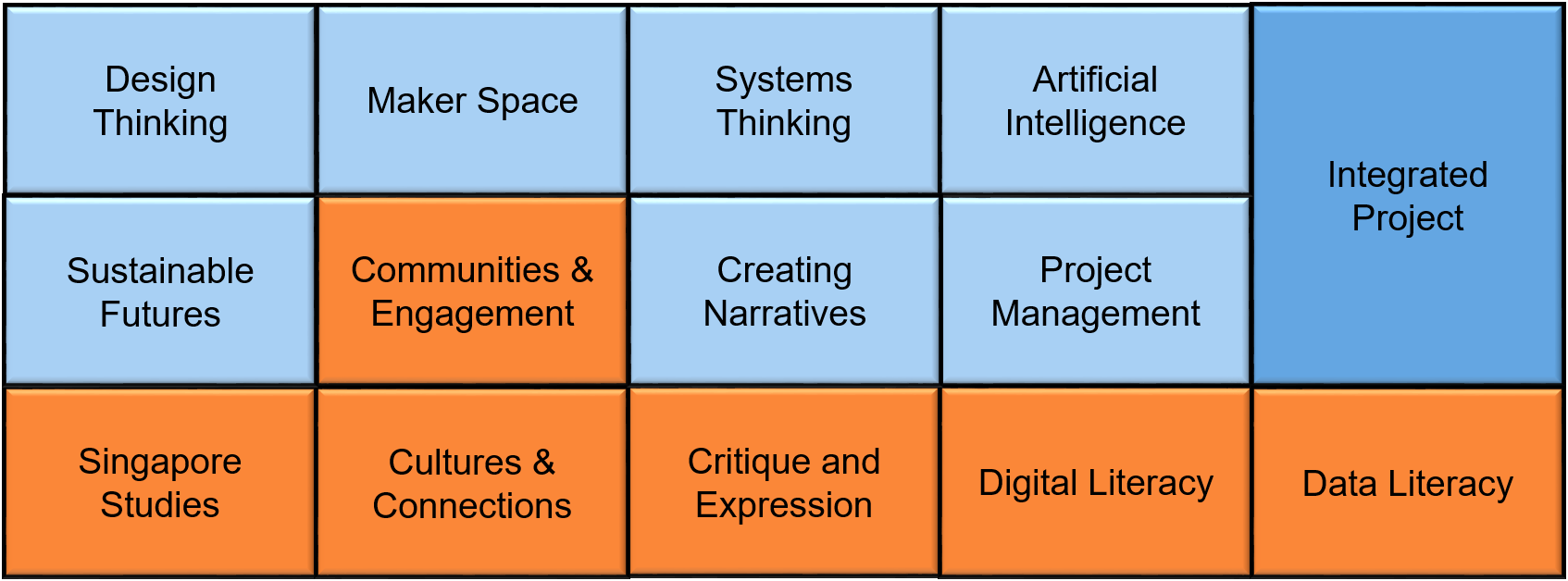
What are in the Common Curriculum Pillars?
-
- Design Thinking: This pillar introduces students to the fundamentals of design thinking. Design thinking is a series of processes that develops an ability to place a problem in context, to observe and listen, to think critically, and to collaborate effectively to produce a solution considering both form and function. Students will be exposed to both the theory of design thinking and practical prototyping activities.
-
- Maker Space: This pillar introduces students to the fundamentals of the outcome-driven design and make process. Students will learn engineering design principles and tools, and will focus on experiential learning through group design projects. Students will develop their skills in quantifying user specifications, designing and prototypes solutions, and testing their prototypes against the required specifications.
-
- Systems Thinking: This pillar aims to introduce students to the fundamental concepts and underlying principles of system thinking. It will provide students with an understanding of systems thinking and an ability to apply systems thinking principles to model and simulate real world problems. Students will also be equipped with the skills needed to recommend solutions for different scenarios.
-
- Artificial Intelligence: This pillar introduces students to concepts and applications in artificial intelligence and machine learning. A practical approach will be adopted whereby concepts and techniques will be illustrated through a variety of real-world examples. Students will be exposed to both the potential of artificial intelligence, as well as its potential pitfalls as it becomes pervasive in our society.
-
- Sustainable Futures: This pillar raises the awareness of students to issues in the area of sustainability, highlighting the impacts of technology on the environment and society in both a local and global context. Students will be exposed to related liveability issues such as diversity, accessibility, vibrancy, and resilience.
-
- Creating Narratives: This pillar aims to help students communicate competently and confidently in the various professional communication situations they encounter. This will be done through rigorous and critical analyses of communicative forms, as well as applications of the principles of effective communication. Students will also develop an understanding of how their identities are shaped by their communication practices.
-
- Project Management: This pillar introduces students to the fundamental concepts of project management, covering the key project management knowledge areas, such as the management of project scope, time, cost, risk, quality, human resources, communications, and procurement. The overall integration of these project management skills and their practical application is also emphasised.
-
- Integrated Project: This pillar provides a platform for students to integrate what they have learned throughout their course of study through a substantial capstone design or research project. Projects will be offered across a wide range of area and may be interdisciplinary in nature or focused on developing a deep understanding in a particular discipline. Different courses under this pillar will offer opportunities for group or individual work
What are in the General Education Pillars?
-
- Cultures and Connections & Singapore Studies: These two pillars will expand students' mindset of Singapore's inter-connected and intimate relationships with ASEAN and the globalised world, and inculcate a heightened awareness of its global citizenry to enable students to adapt to the changing cultural contexts.
-
- Critique and Expression: This pillar reinforces thoughtful critique and communication of ideas as a critical competency for the future of work.
-
- Data Literacy: This pillar introduces students to the state-of-the-art knowledge and equip them with skillsets in data logical tools to navigate in terrains that are increasingly defined by the use of technologies, in 'big data' for example.
-
- Digital Literacy: This pillar will train students in areas such as computational thinking, artificial intelligence, and algorithms.
-
- Communities and Engagement: This new pillar will enable students to cultivate a deep awareness and a broad orientation and responsibility towards broader social issues that are interwoven as part of the societal fabric. Students will learn about climate change, sustainability (a key focus of Singapore Green Plan 2030), caring for the elderly and the disadvantaged, environmental degradation, healthcare, and more.
More information on the curriculum will be shared in due course. For more queries on this matter, please write to askSDE@nus.edu.sg



